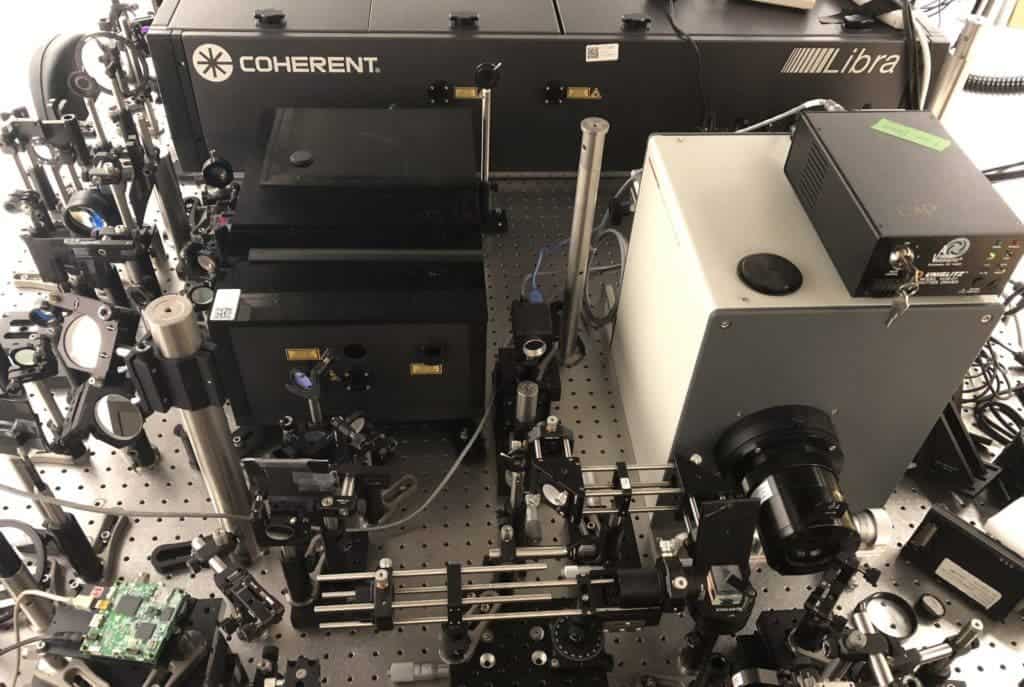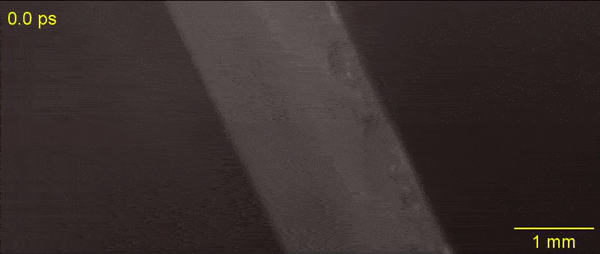Thought your iPhone’s camera can shoot sick slow-mos? Here’s something a bit more impressive.

Researchers at Caltech and L’Institut national de la recherche scientifique (INRS) devised the world’s fastest camera, which can shoot an incredible 10 trillion frames per second. It’s so fast that it can capture the interactions between matter and light at the nanoscale. The new camera more than doubles the number of frames per second set by the previous record holder, a device developed by researchers in Sweden.
T-CUP, officially the world’s fastest camera, is based on the ‘Compressed Ultrafast Photography’ technology. It works by combining a femtosecond streak camera and a static camera. A data acquisition technique called Radon transformation rounds up the setup.
Such ultra-fast cameras will prove useful to physicists looking to probe the nature of light and how it travels. Other potential applications include medicine and engineering.
“We knew that by using only a femtosecond streak camera, the image quality would be limited. So to improve this, we added another camera that acquires a static image. Combined with the image acquired by the femtosecond streak camera, we can use what is called a Radon transformation to obtain high-quality images while recording ten trillion frames per second,” said Lihong Wang, the Bren Professor of Medical Engineering and Electrical Engineering at Caltech.

During a test, T-CUP captured a femtosecond (a millionth of a billionth second) laser pulse, recording 25 images which were 400 femtoseconds apart. The resolution and staggering scale involved allowed the research team to record changes in the light beam’s shape, intensity, and angle of inclination.

The level of precision obtained by the researchers is unprecedented — and they’d like to do even more! According to co-author Jinyang Liang, there are ways to increase the speed up to one quadrillion (1015) frames per second. Being able to record the behavior of light at such as scale is beyond our current technology but once it becomes reality, entirely new fields of physics could be opened up.
T-CUP was described in the journal Light: Science and Applications.


